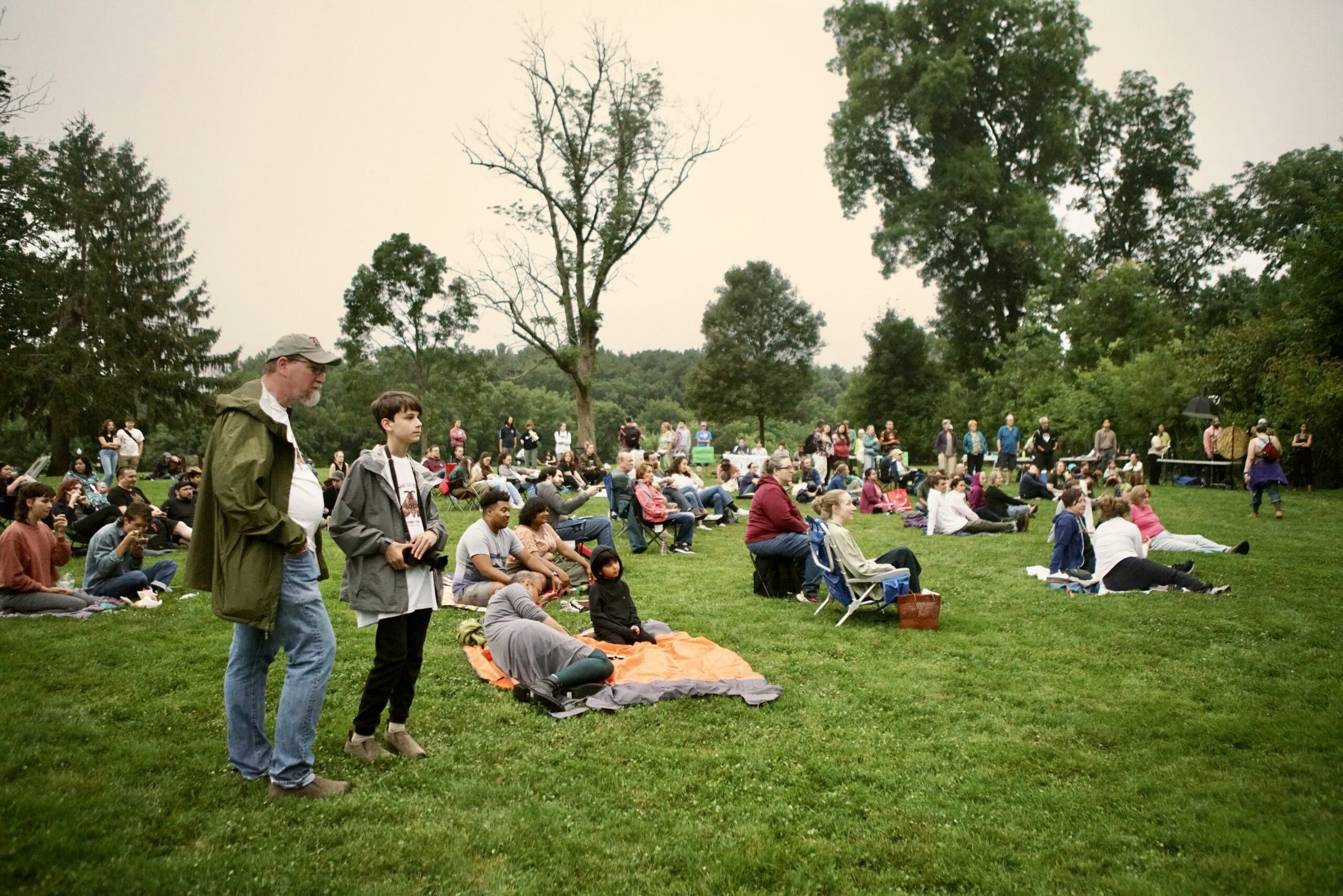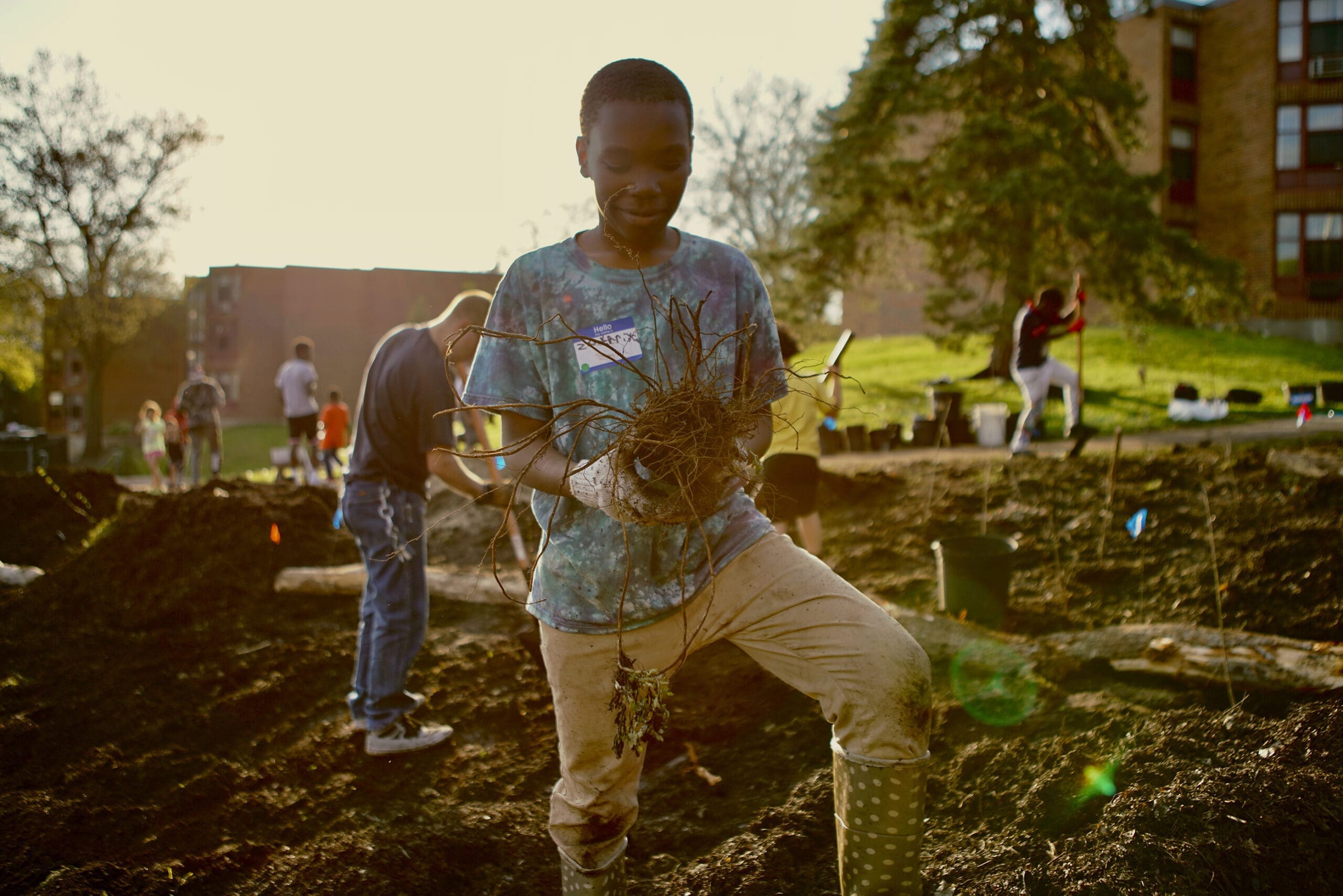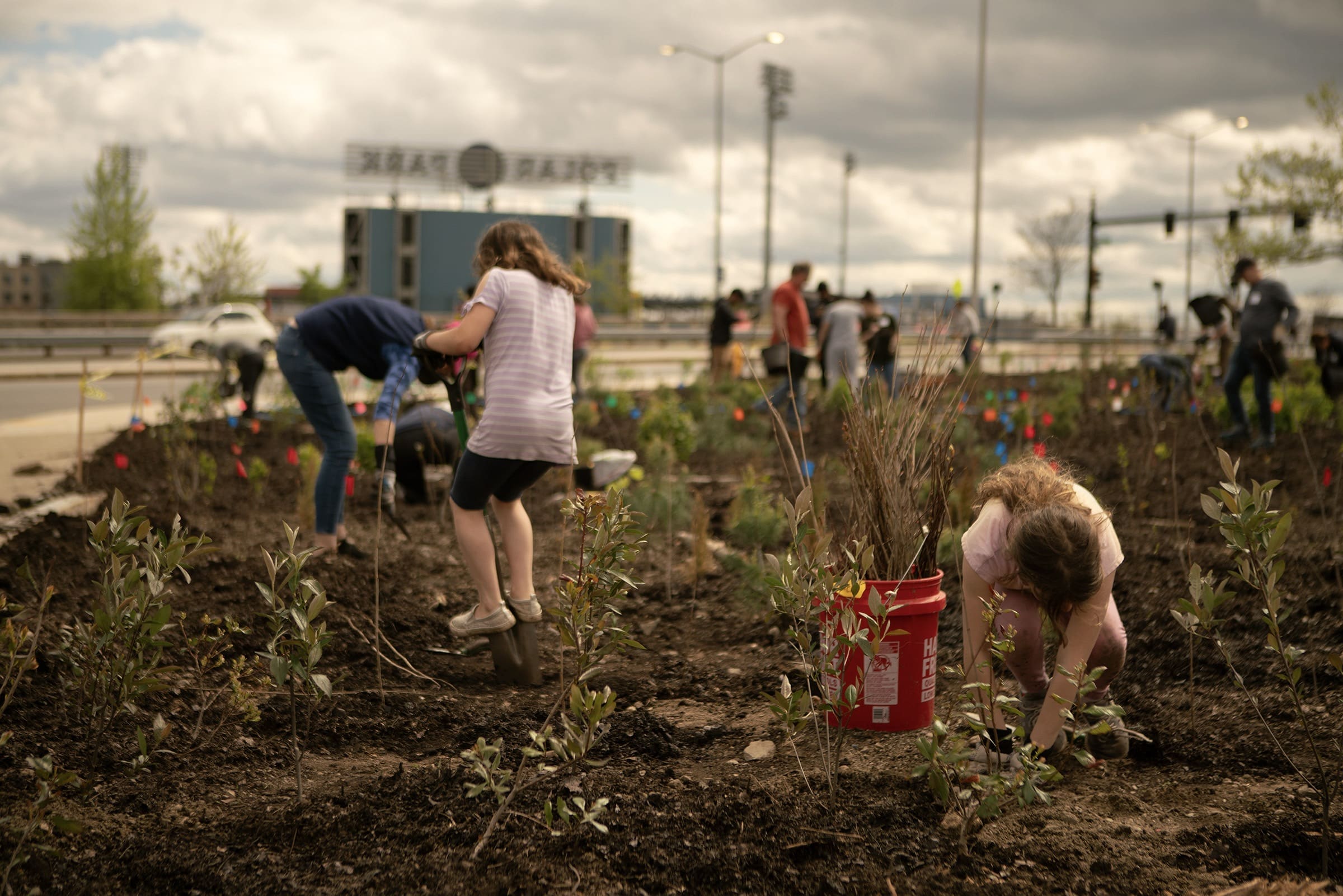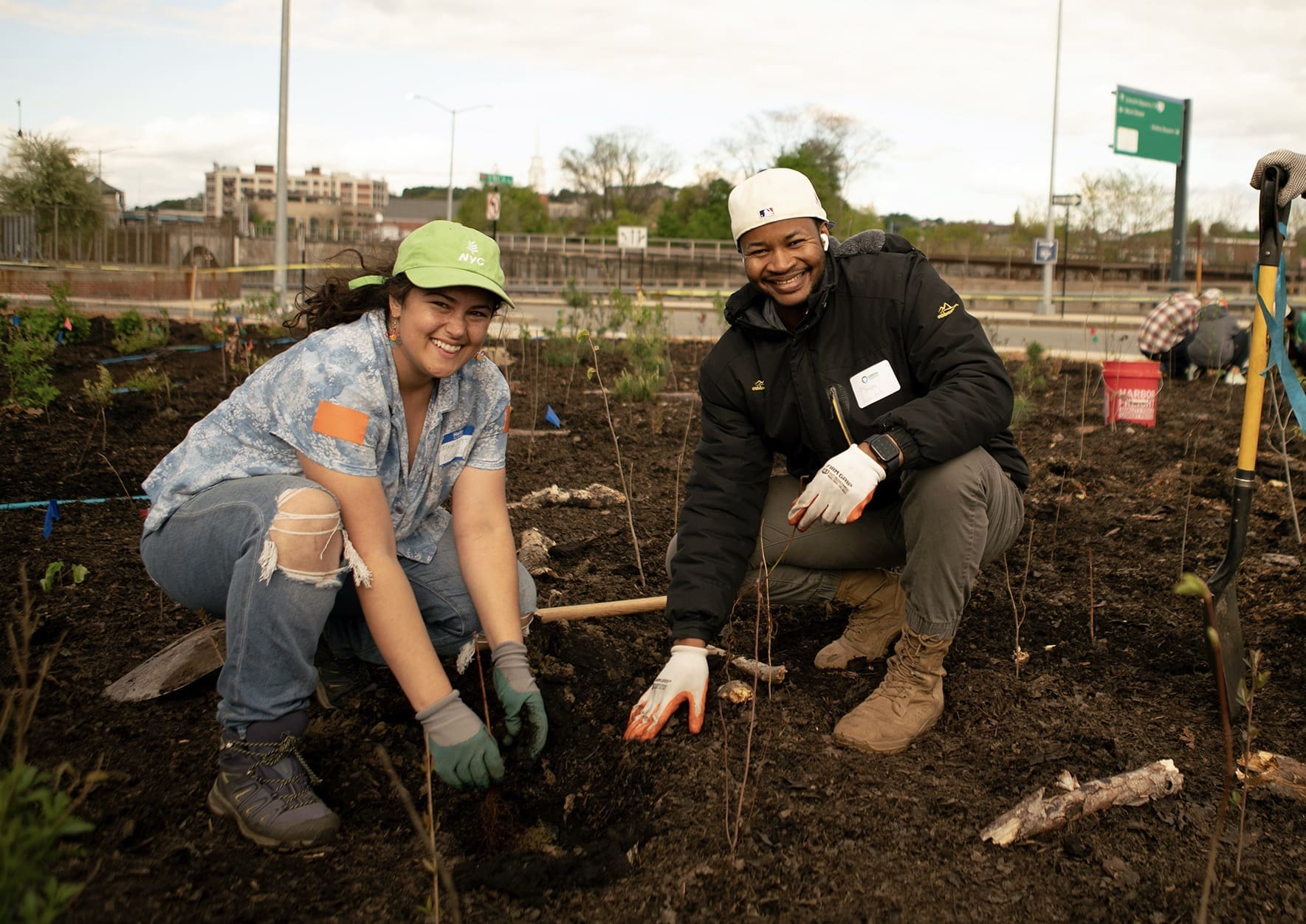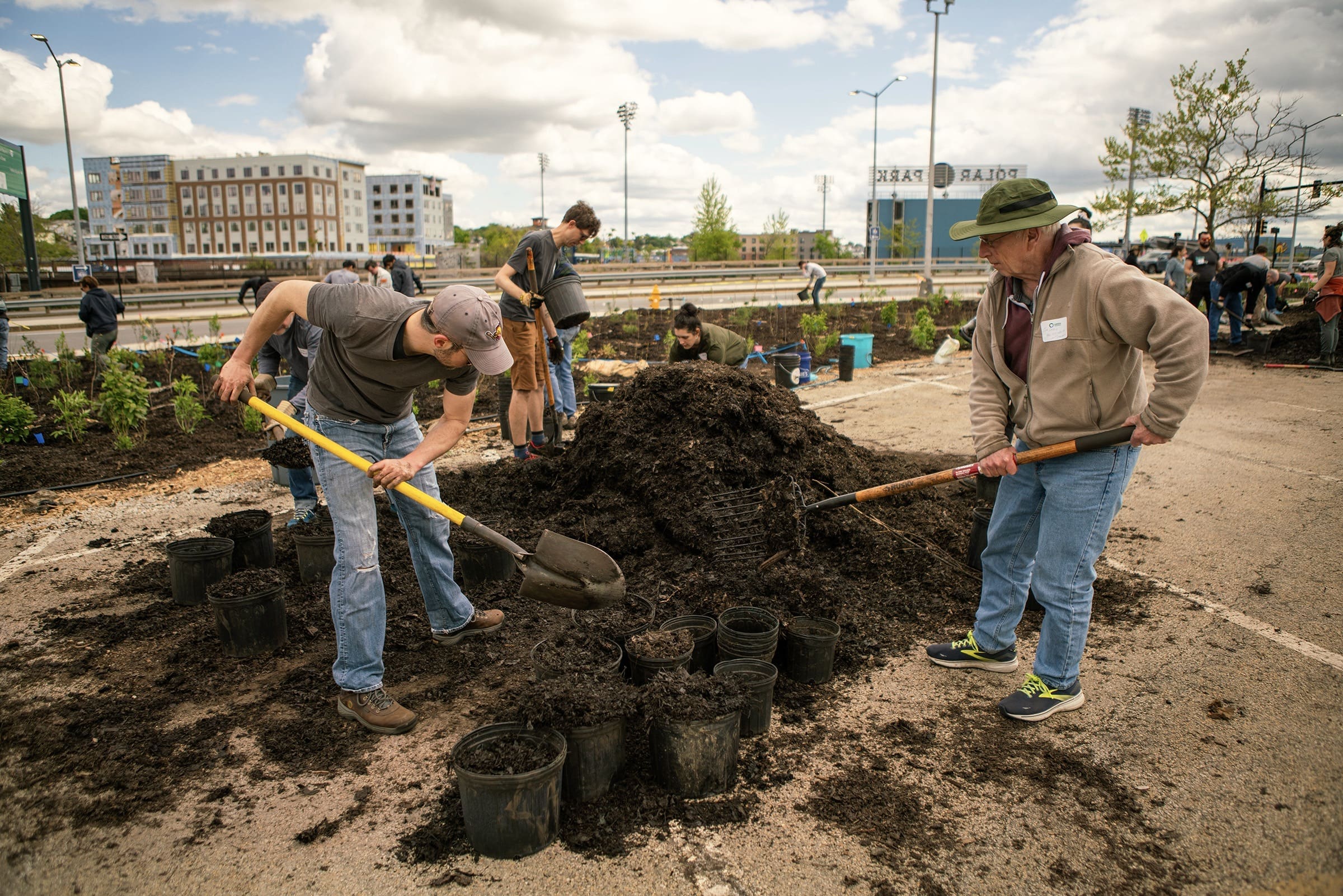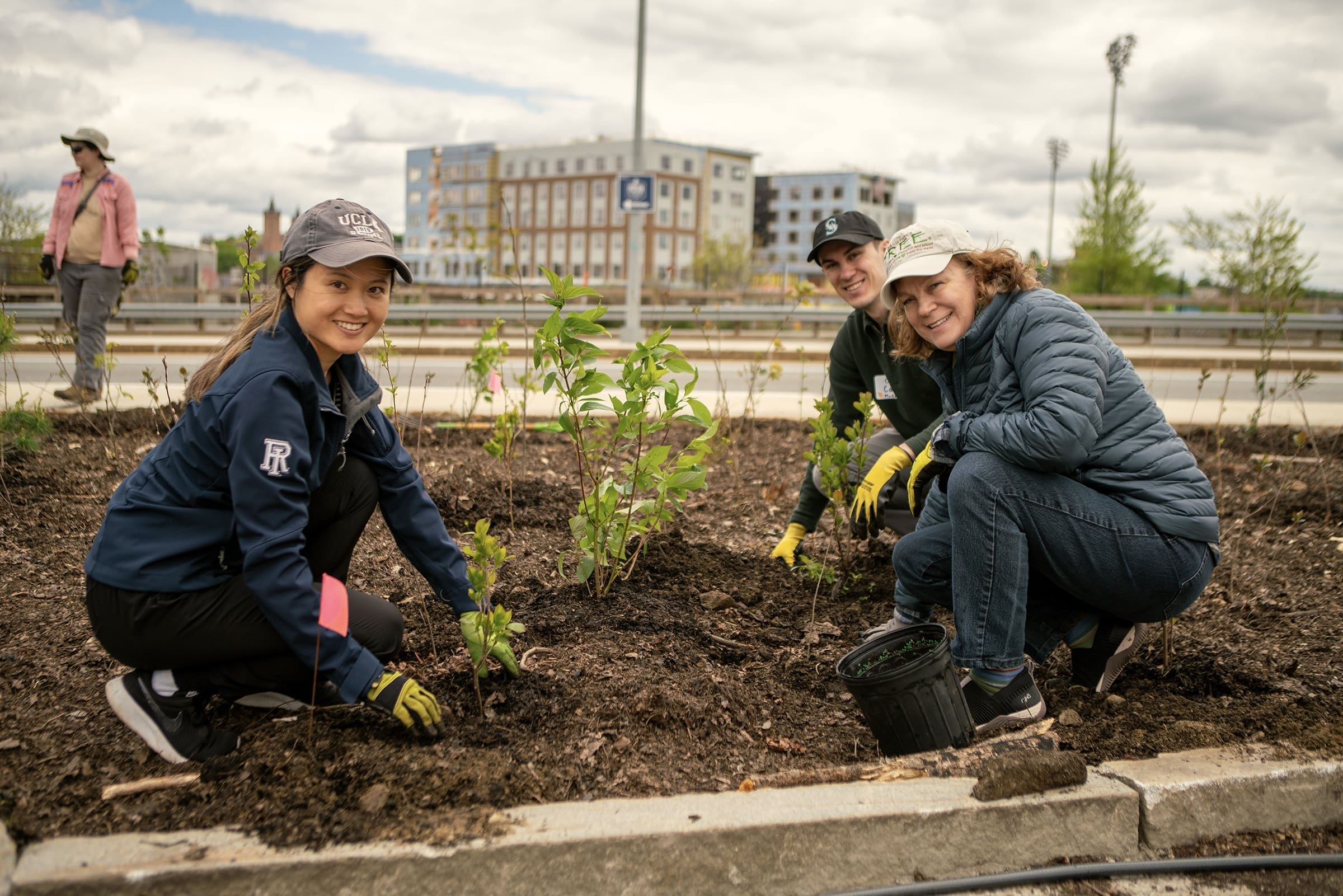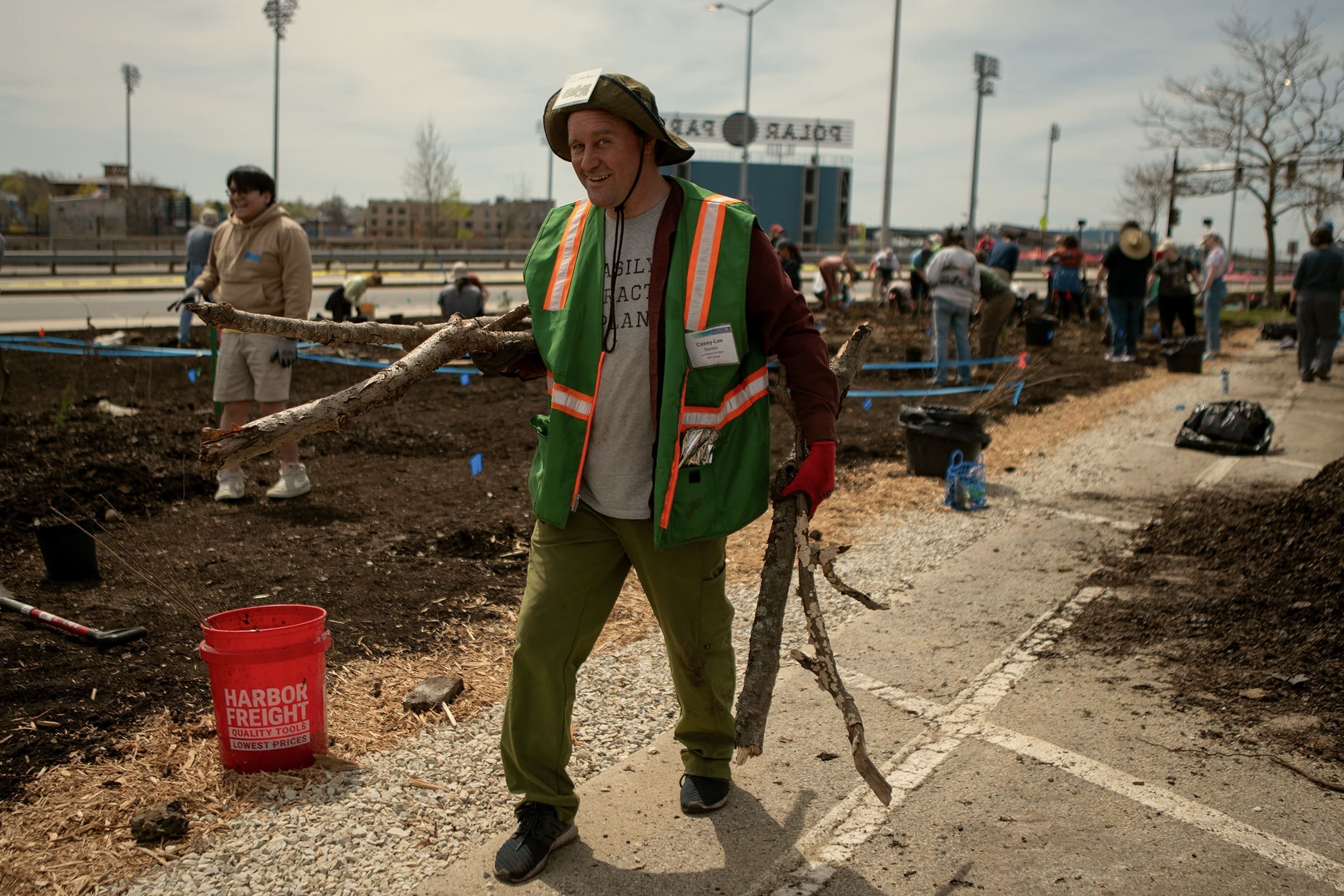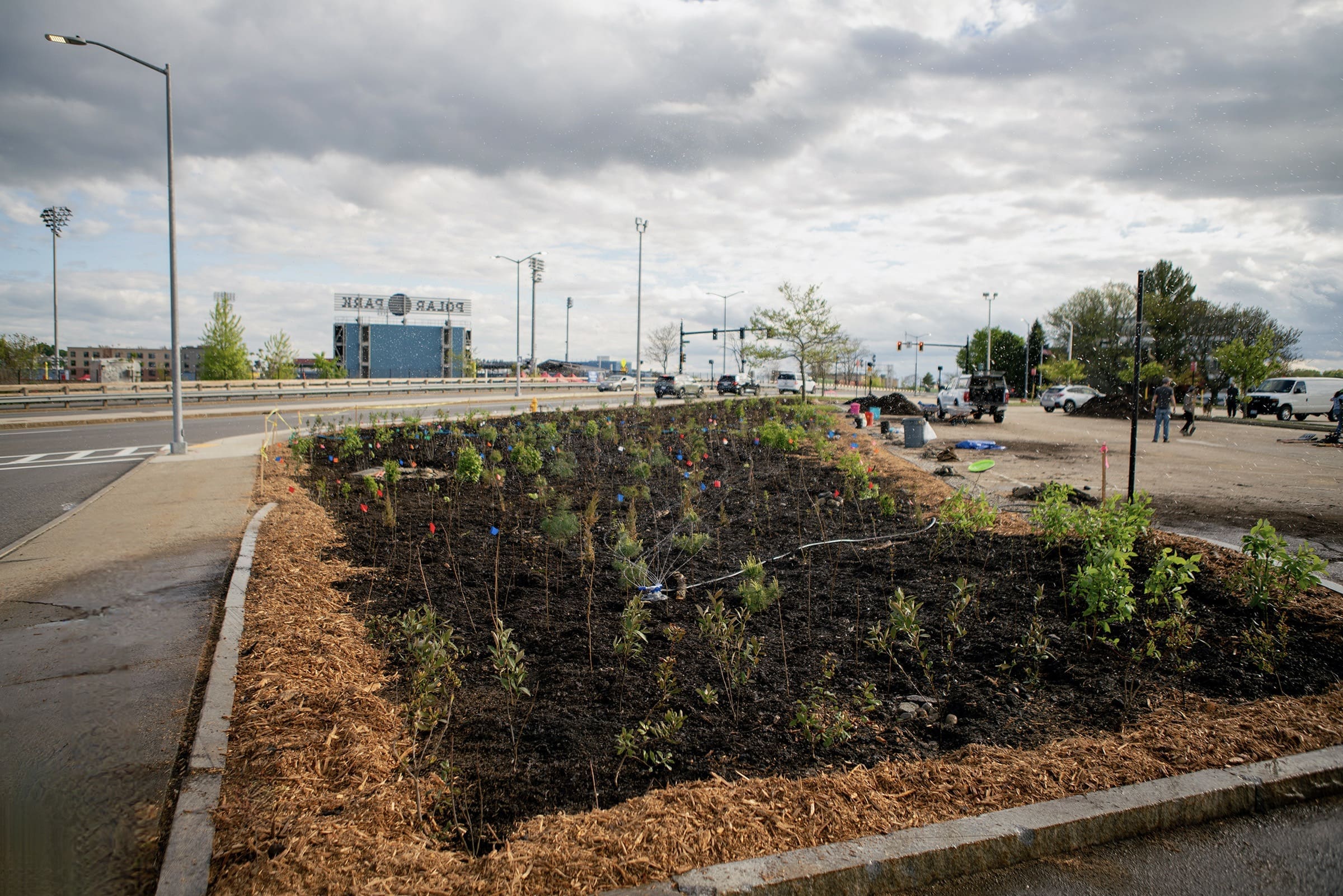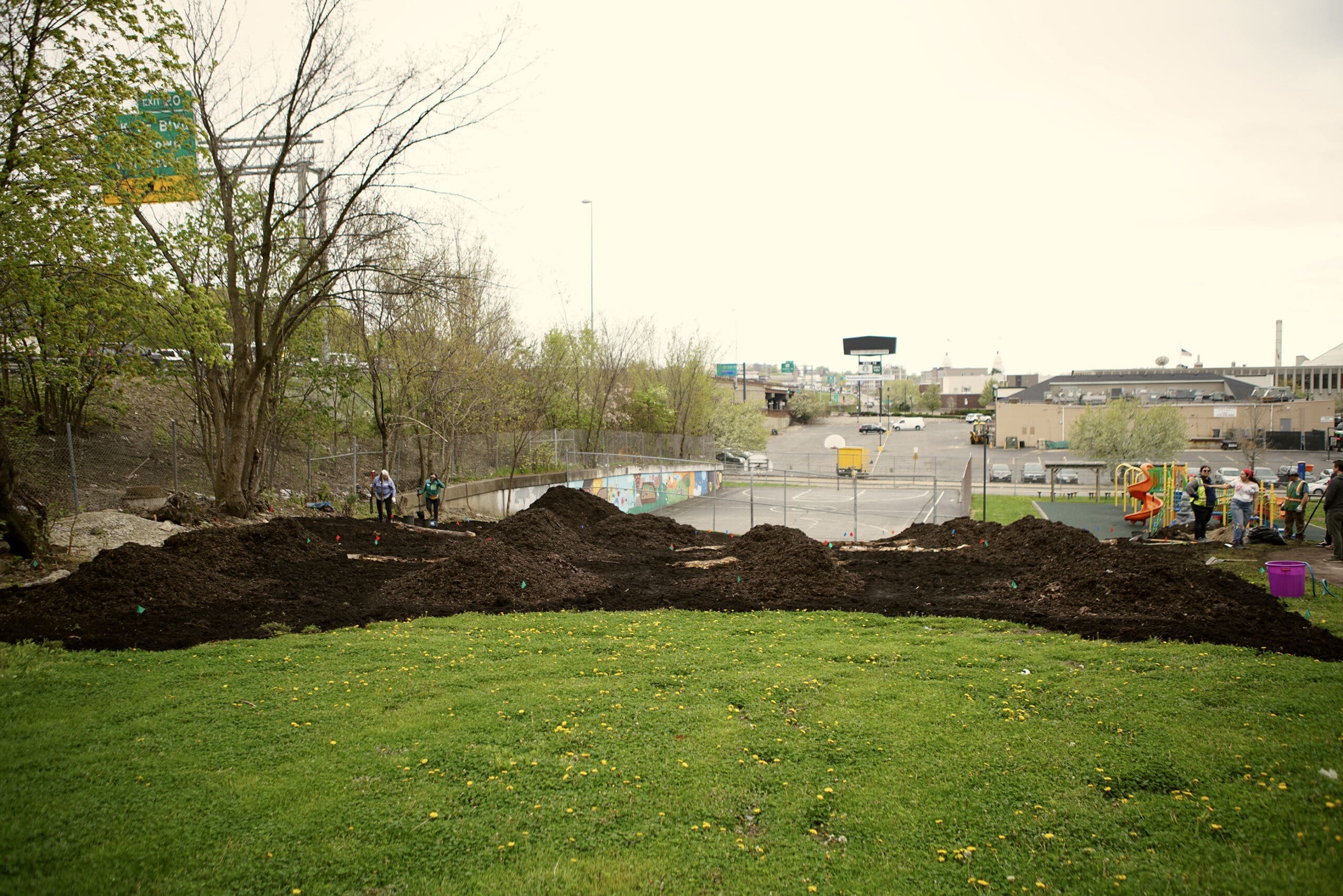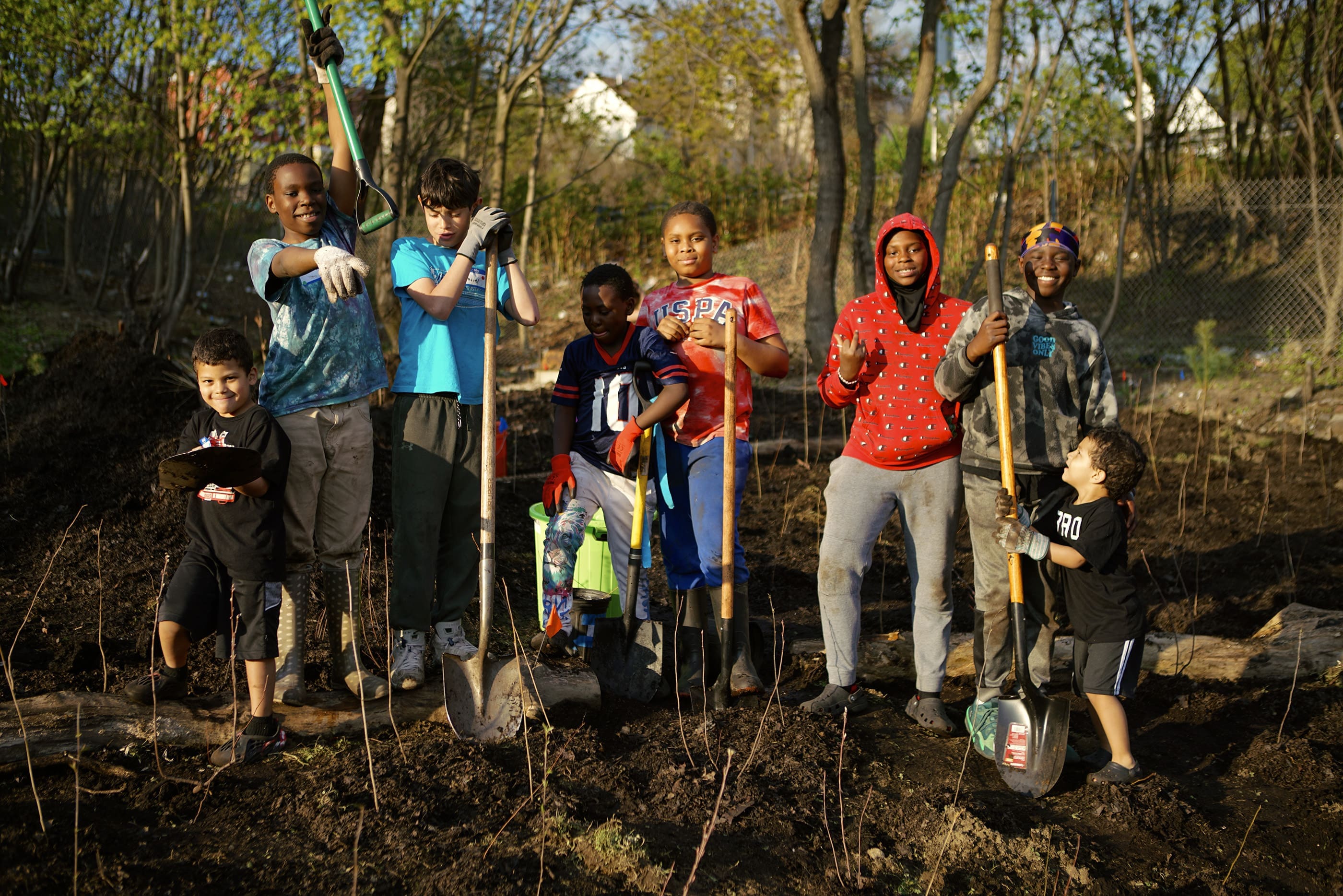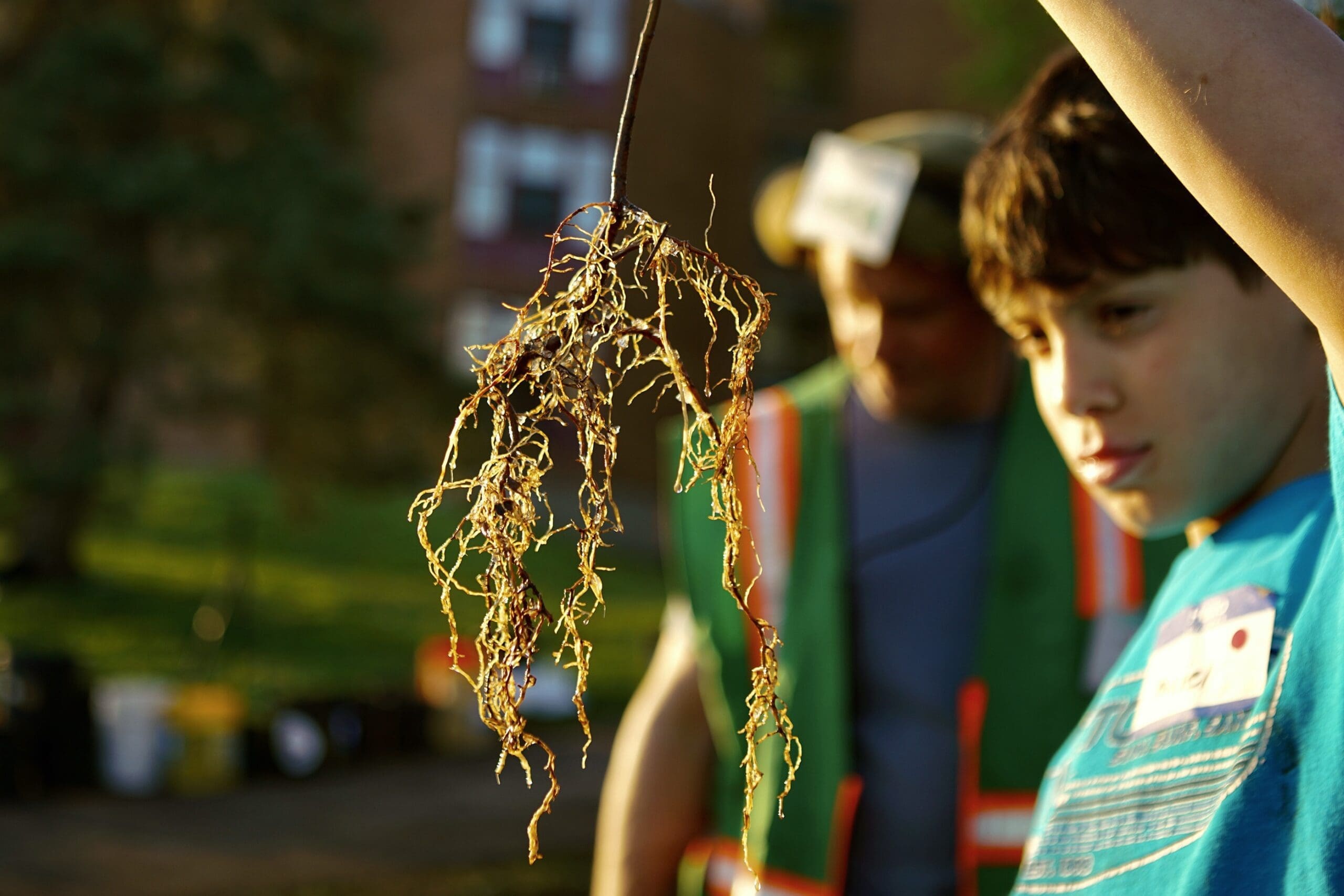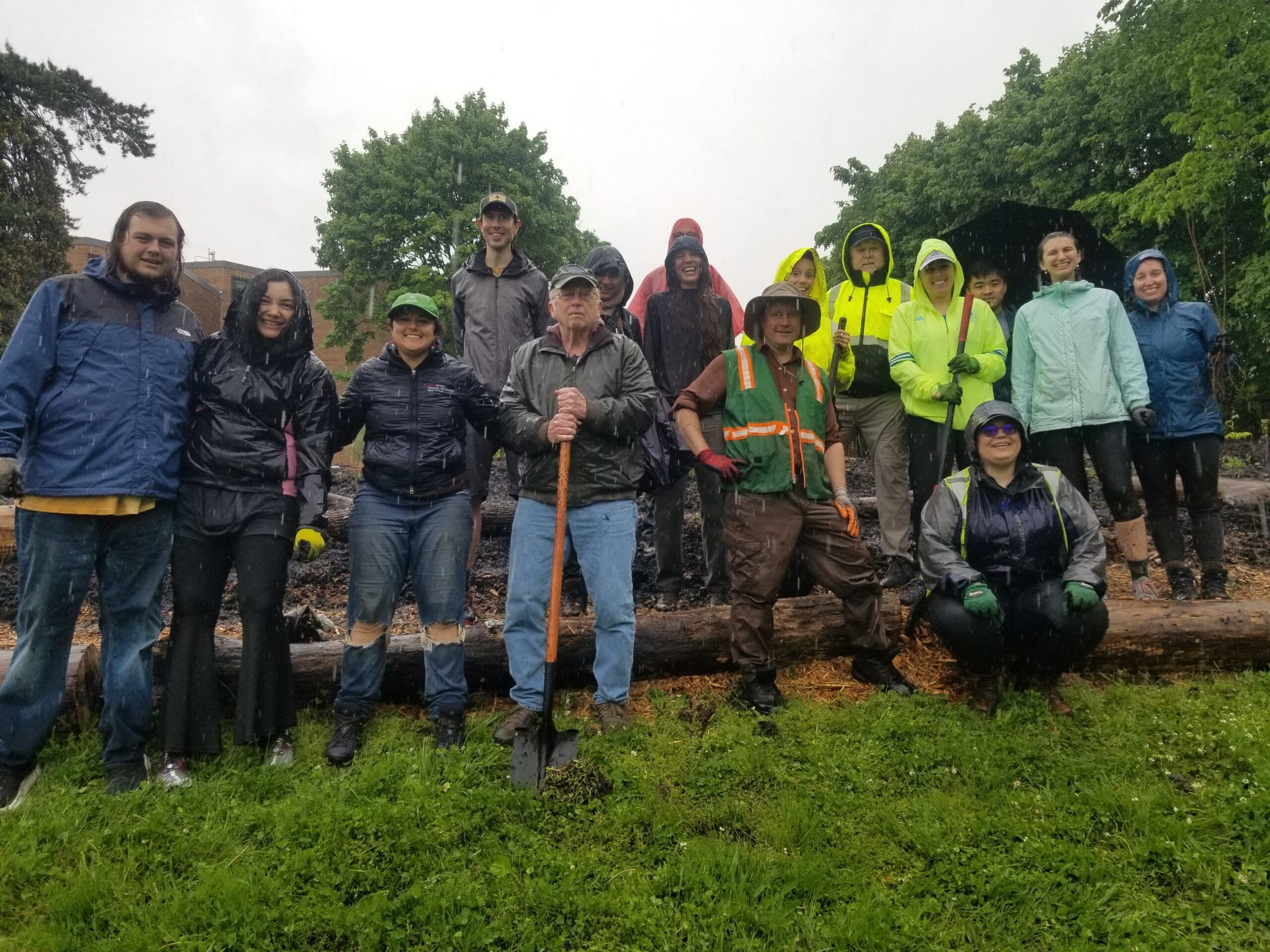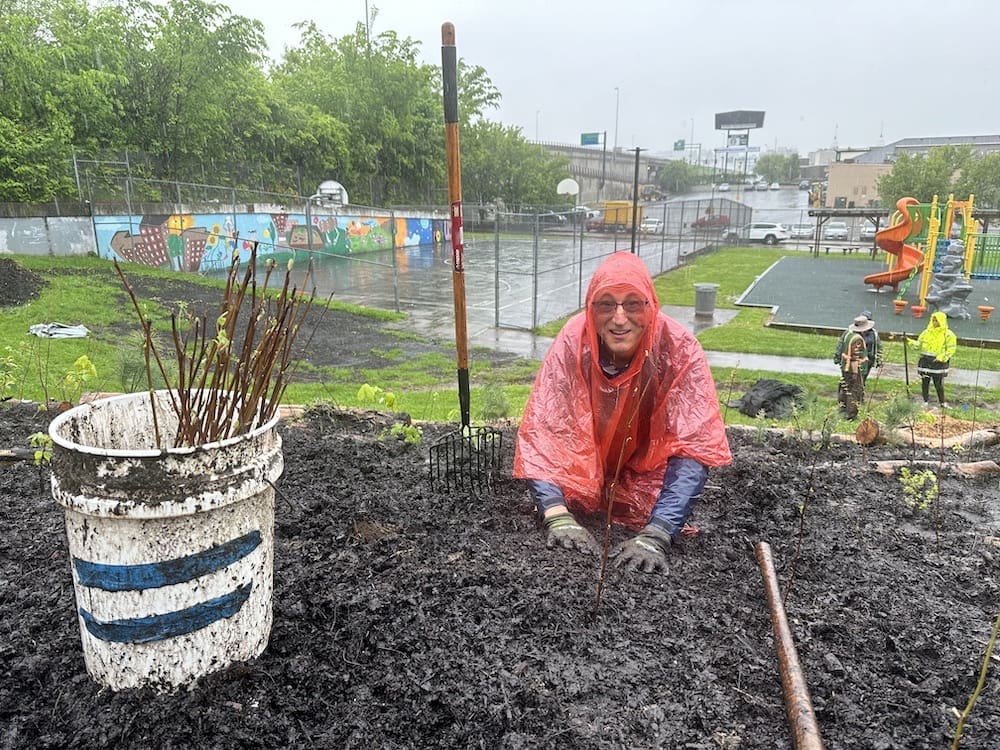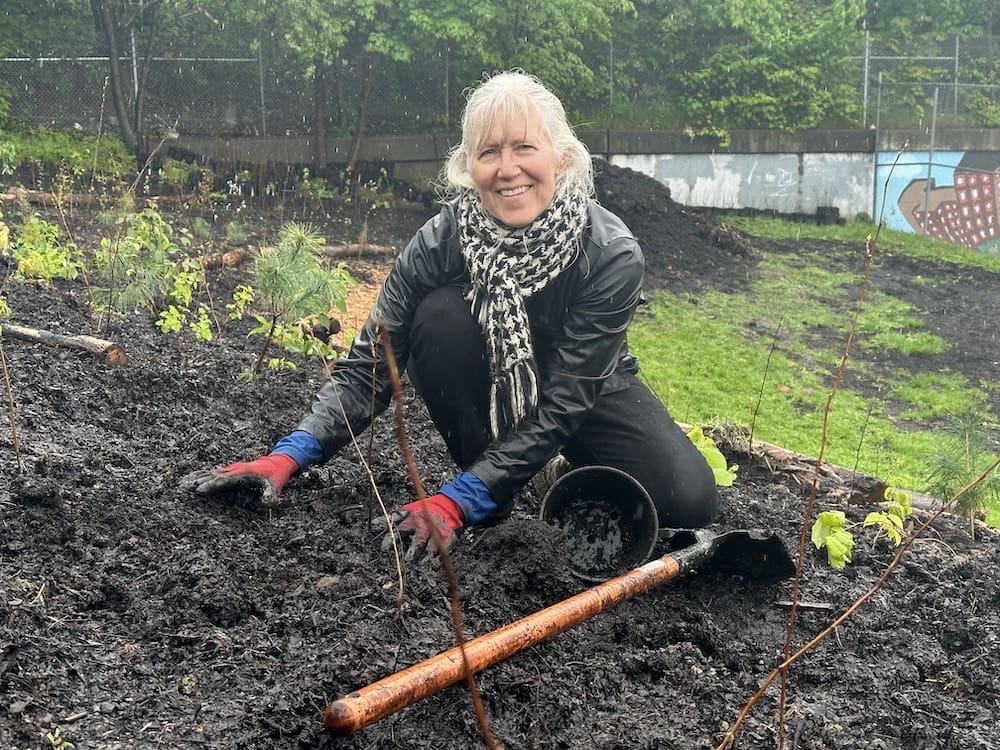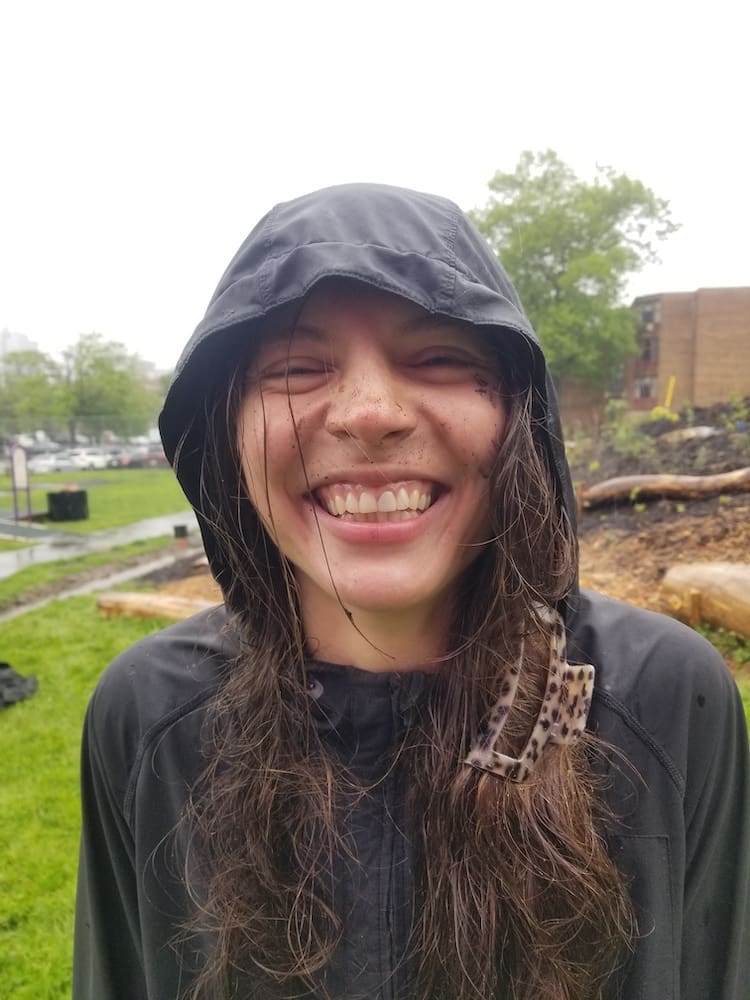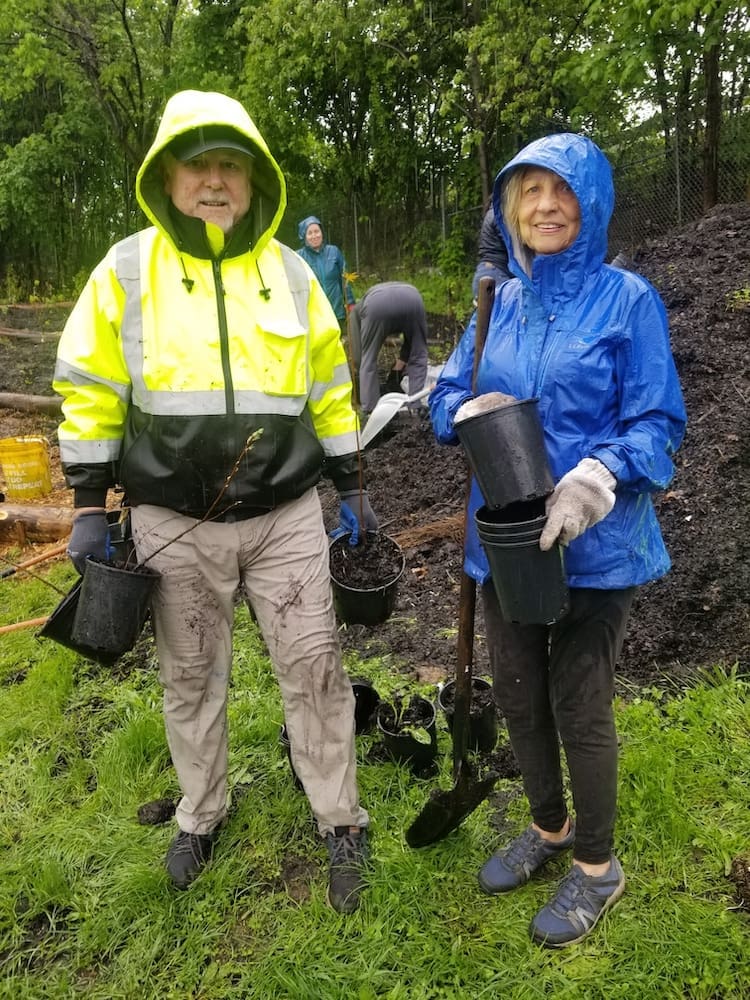On July 24, Bio4Climate and other host organizations participated in the Cambridge Moth Ball at Kingsley Park, Fresh Pond Reservation, for National Moth Week. Around 200 attendees of all ages engaged in community science, moth collecting, data collection, photography, and children’s activities.
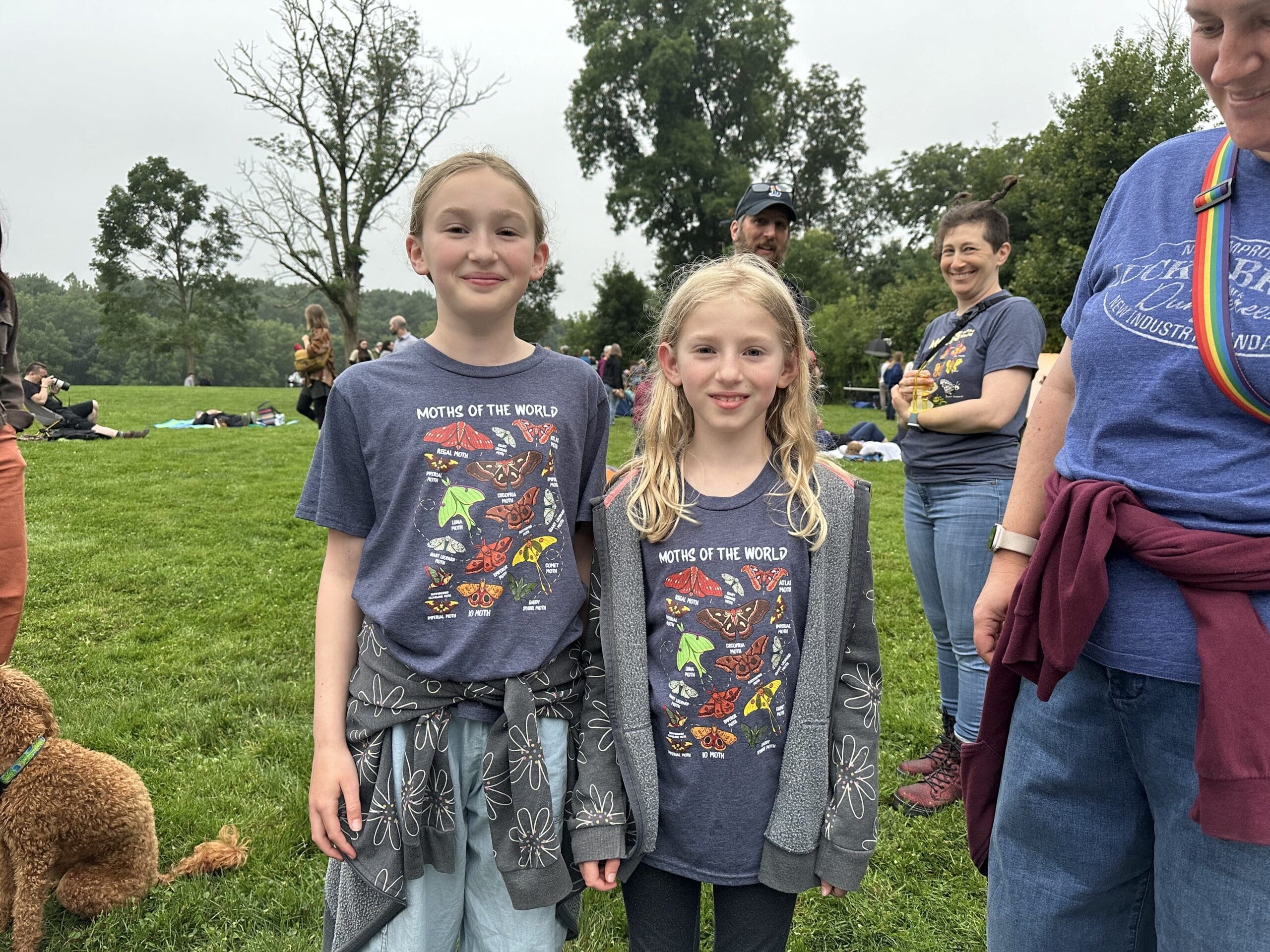
Bio4Climate partnered with Julie Croston from Cambridge Wildlife Arts to run the art table.
Children gathered to make caterpillars out of playdough, and took home kits to craft felt caterpillars at home, which turned out to be a big success. Over fifty kits were distributed within the community, each including detailed instructions on how to assemble the moth caterpillar. There were kits for adults as well.
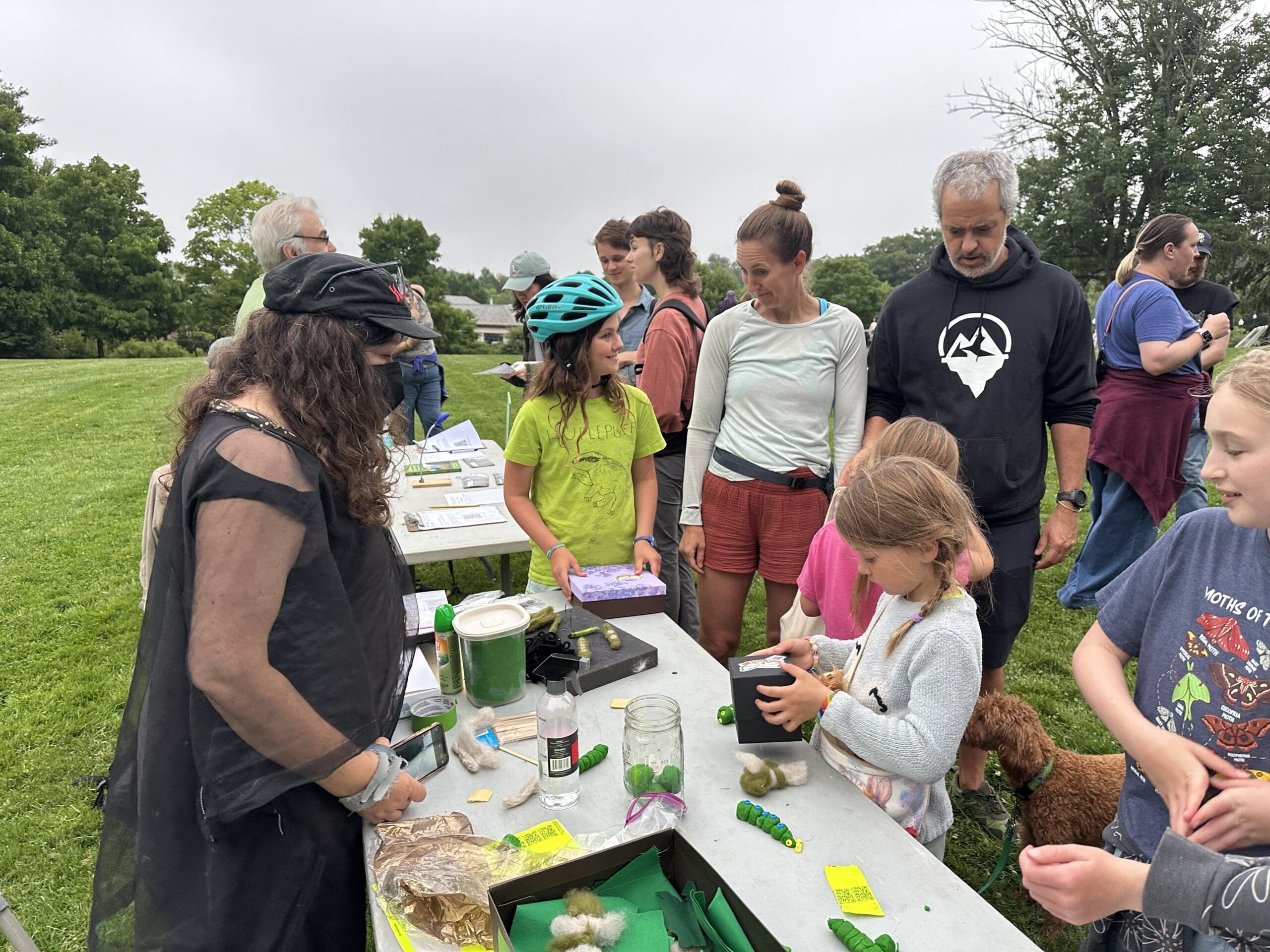
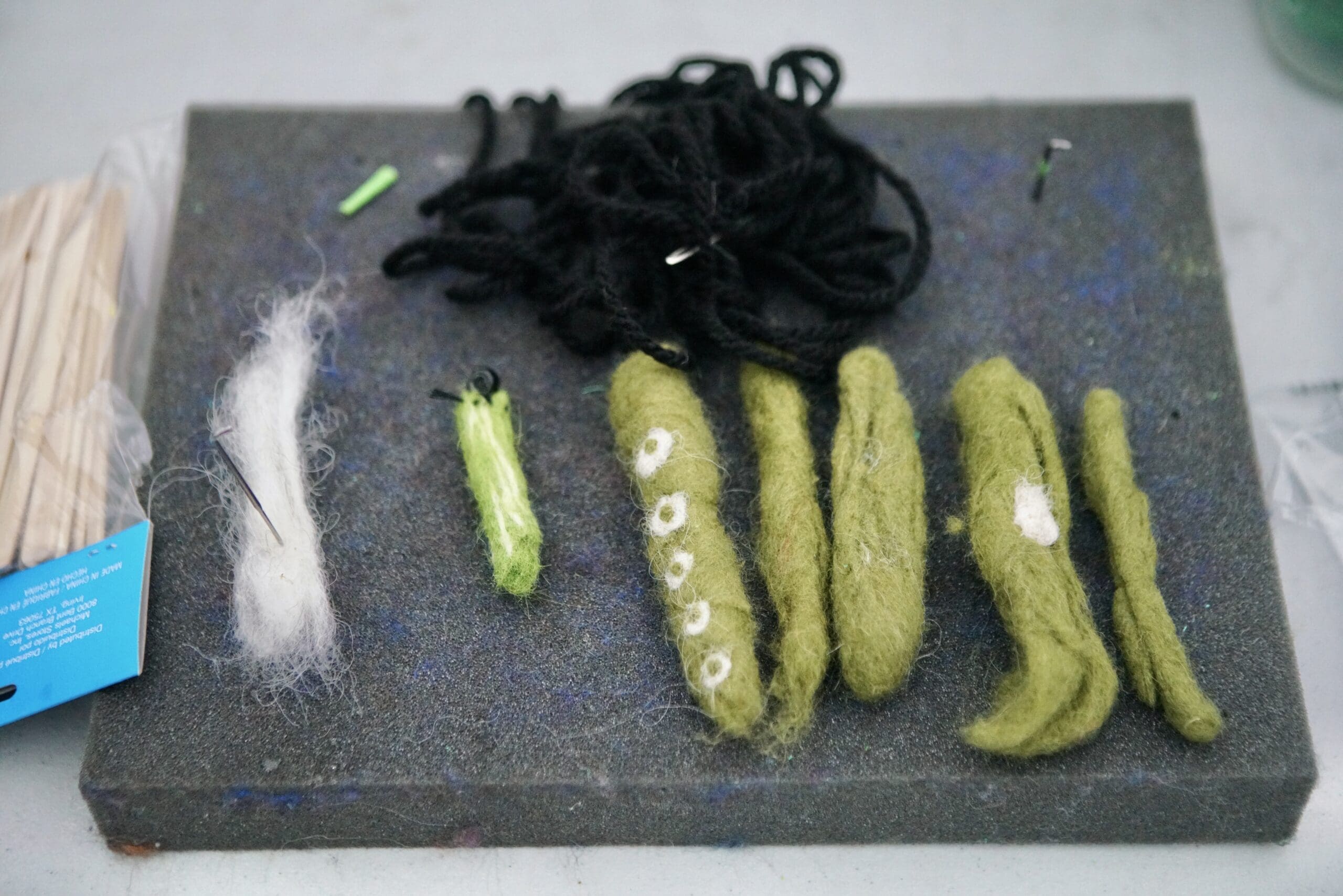
Our staff Alexandra Ionescu and Julie also produced graphics illustrating the relationship between moth caterpillars and their host plants, which were included in the kits.
Our Miyawaki Forests, with their diverse native trees and shrubs, play a vital role in supporting moth populations and the broader web of life.
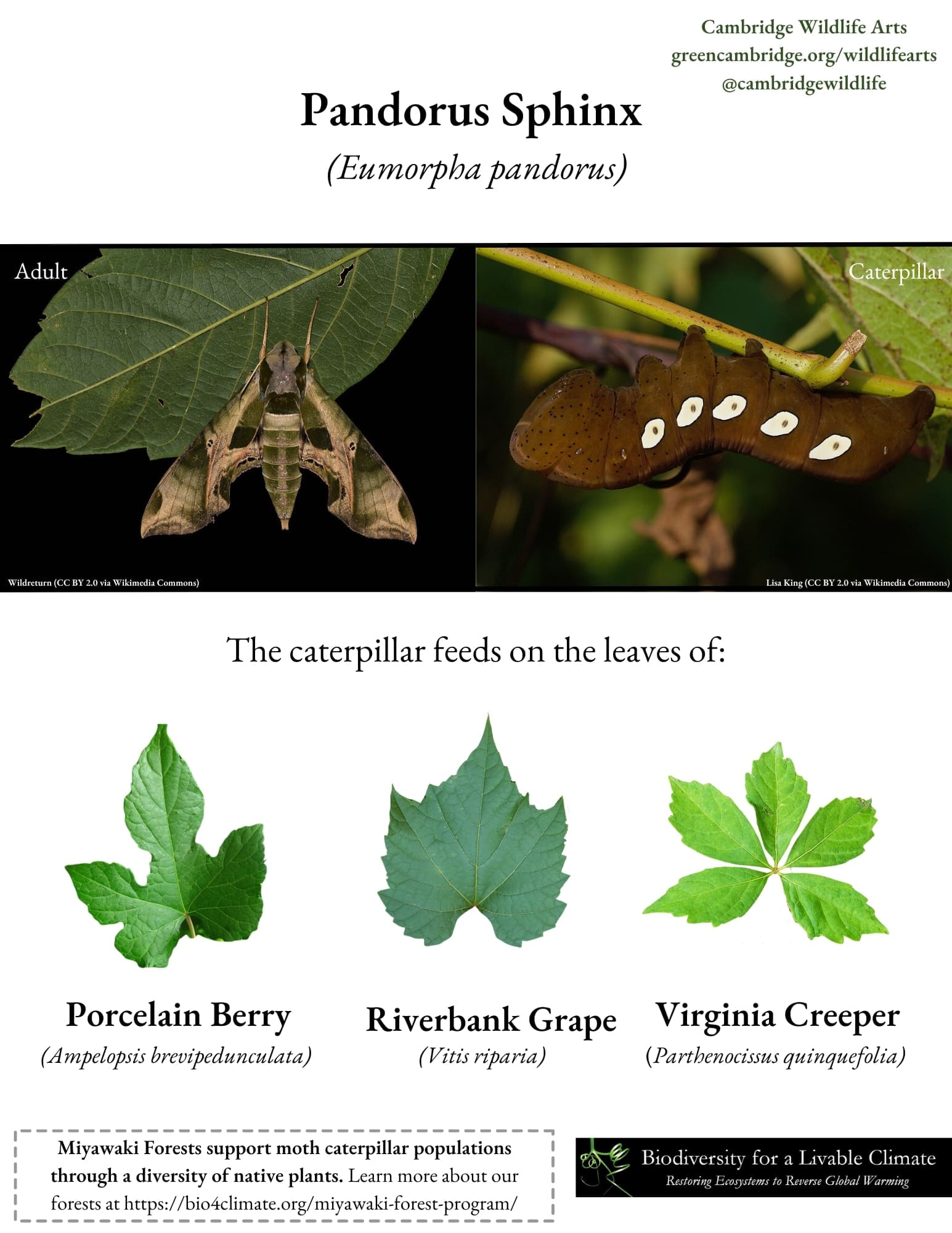
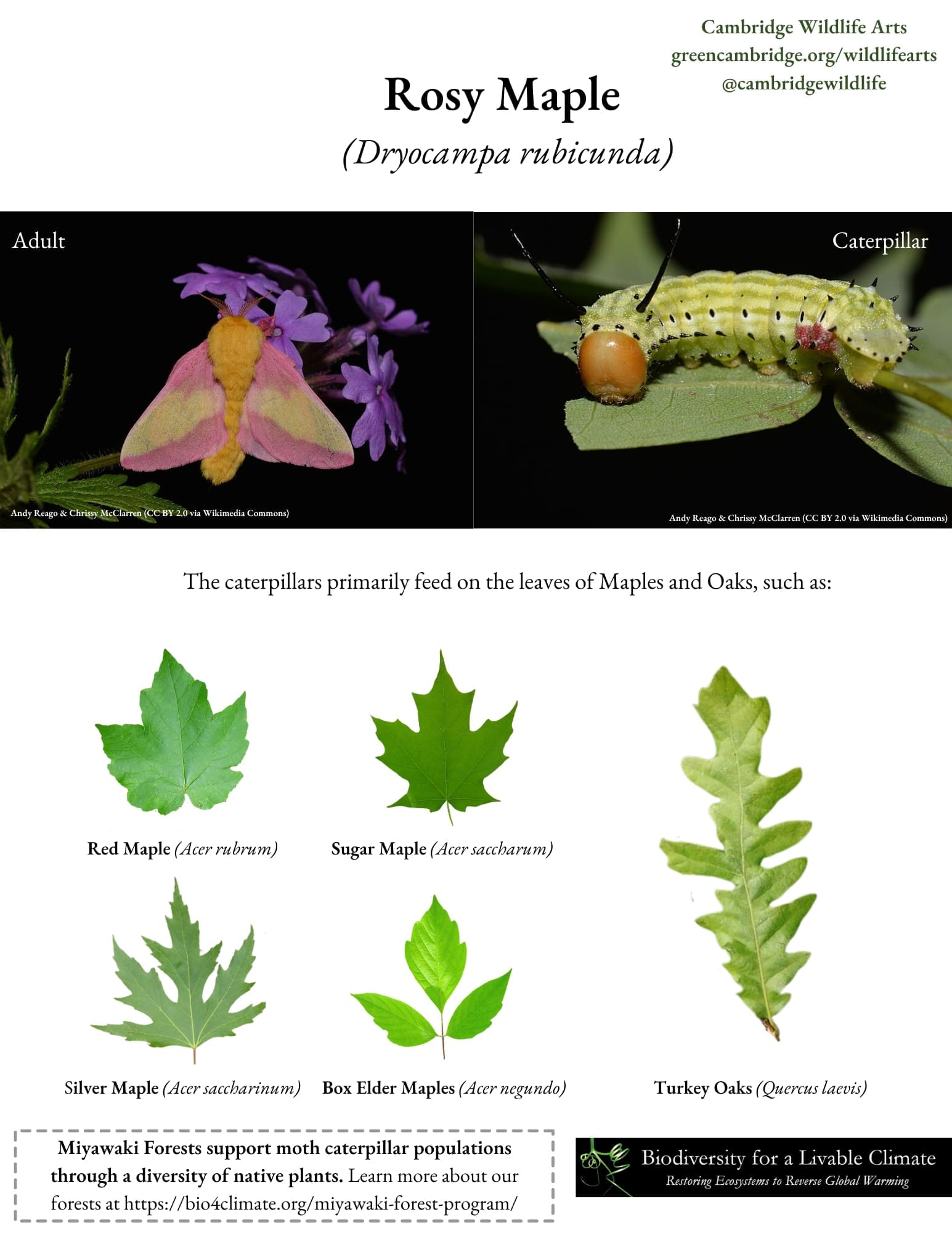
Did you know that some caterpillars are highly specialized and depend on just one type of plant? Native plants are essential for these caterpillars and, consequently, for birds, as they are the primary food source for their young. For instance, raising an Eastern Bluebird nestling requires several hundred caterpillars. Asking questions like “How many caterpillars does it take to raise a young nestling?” helps us better understand the interconnected needs of different species and the complexities of food webs.
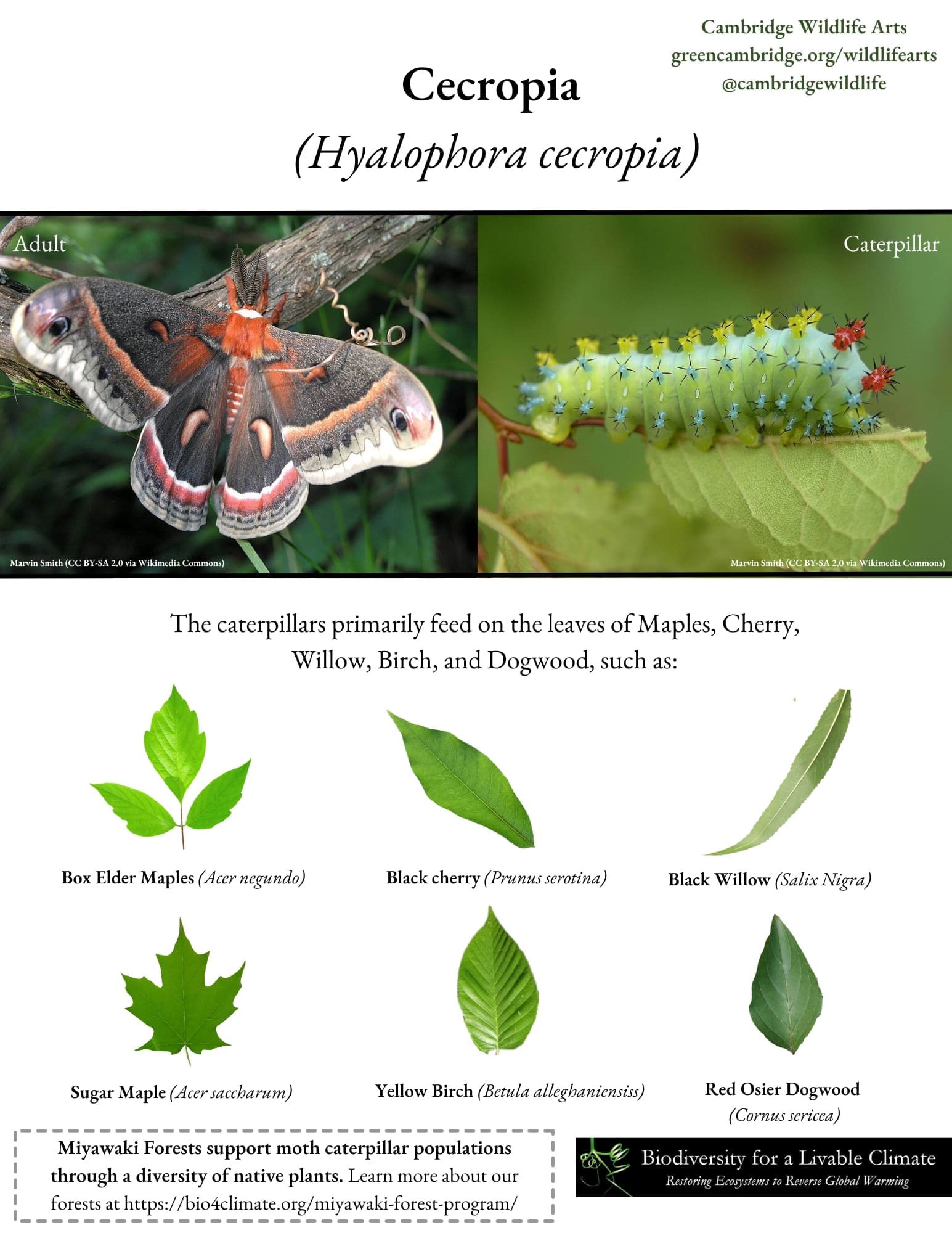
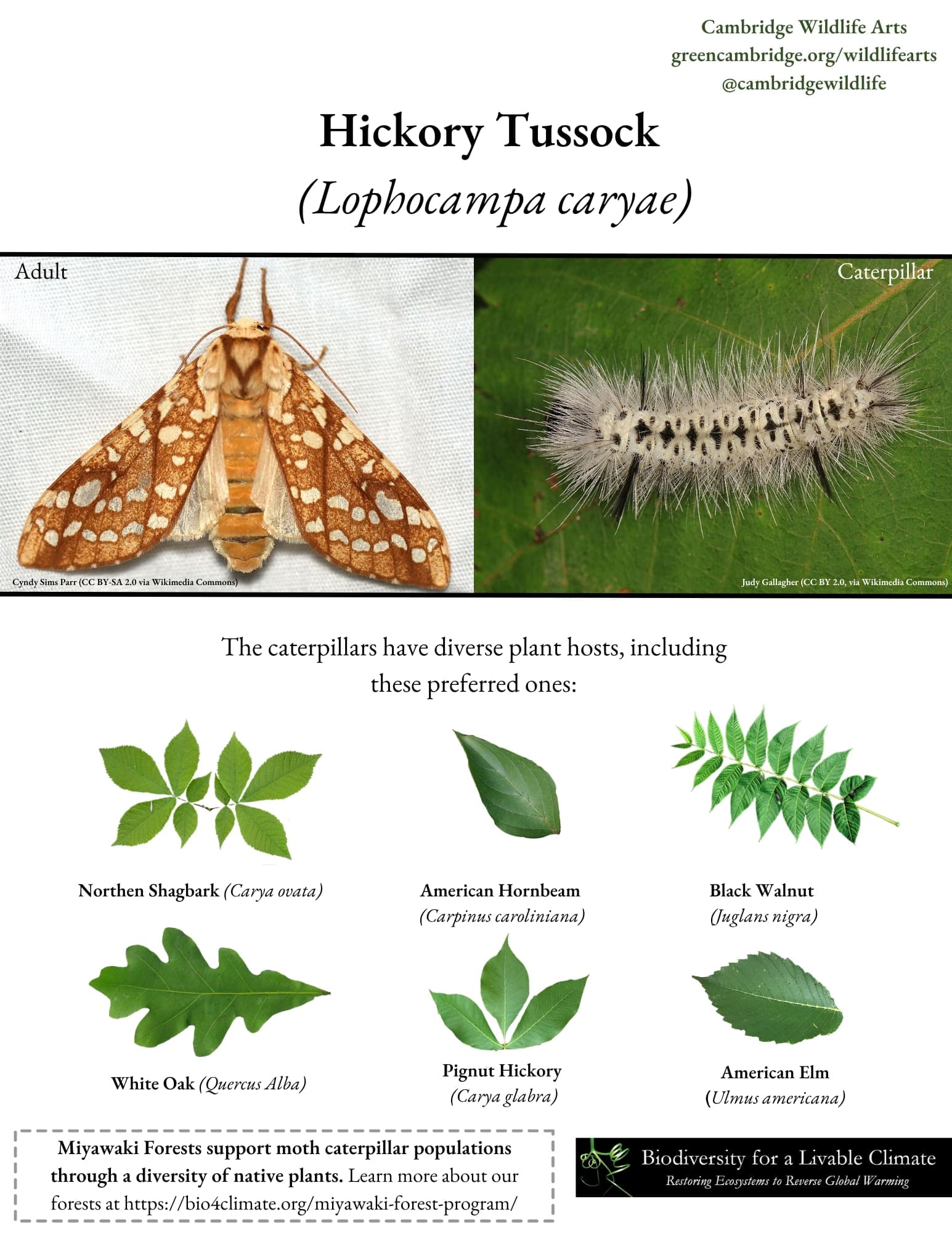
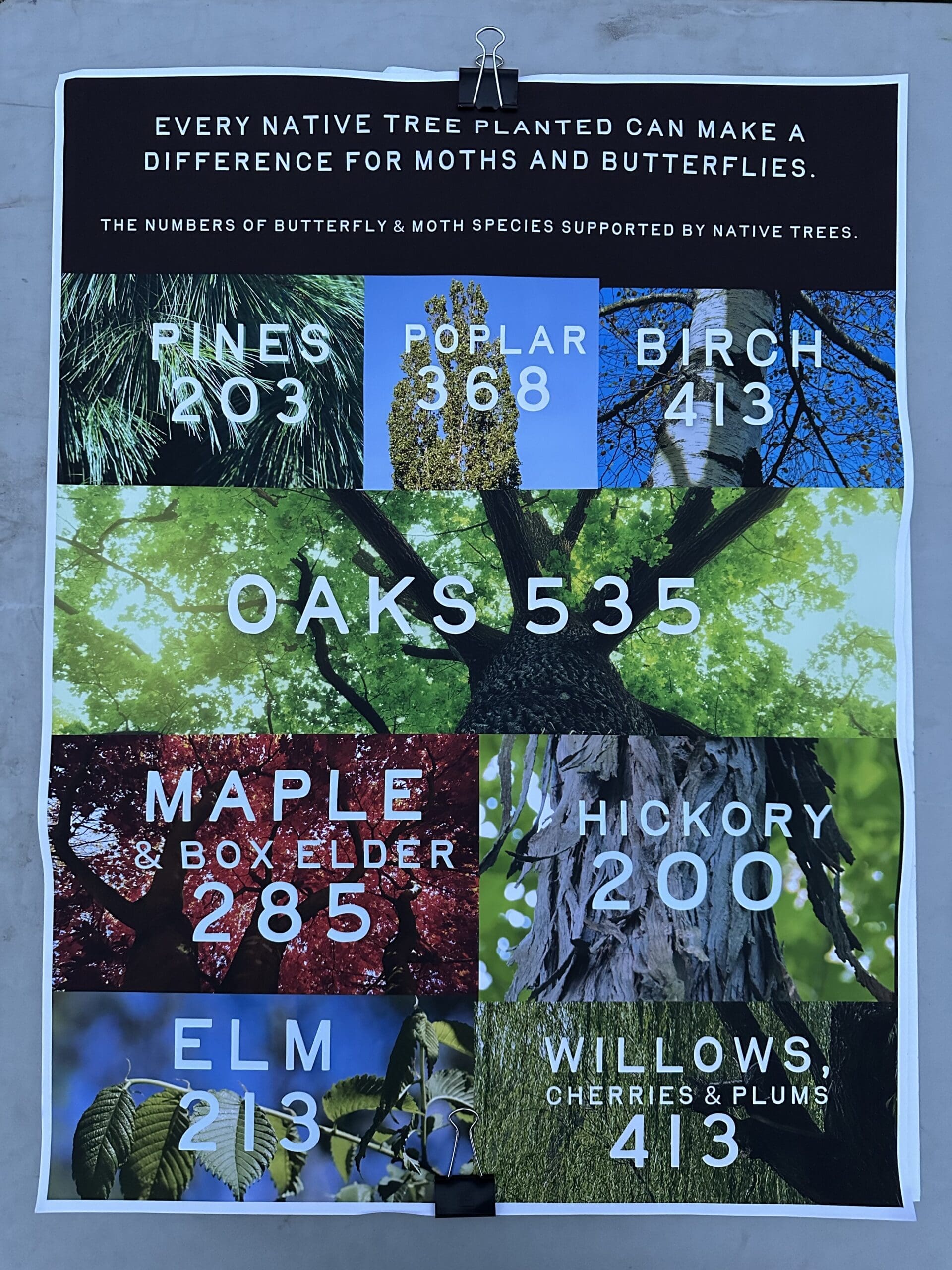
And did you know that new research from the University of Sussex has found that moths are more efficient pollinators than daytime insects such as honeybees, bumblebees, and butterflies? Although the reason behind this is not yet fully understood, moths are frequently overlooked.
In urban settings, moth populations face several threats, including light pollution, which disrupts their natural behaviors and mating patterns, and pesticide use, which can directly harm moths or reduce their food sources. Additionally, habitat loss from urban development reduces the availability of natural environments where moths can thrive. Pollution, both air and water, further degrades their habitat, while invasive species can outcompete or prey on native moths. Fragmented landscapes in cities create isolated pockets of habitat, making it challenging for moths to migrate, find mates, or access food.
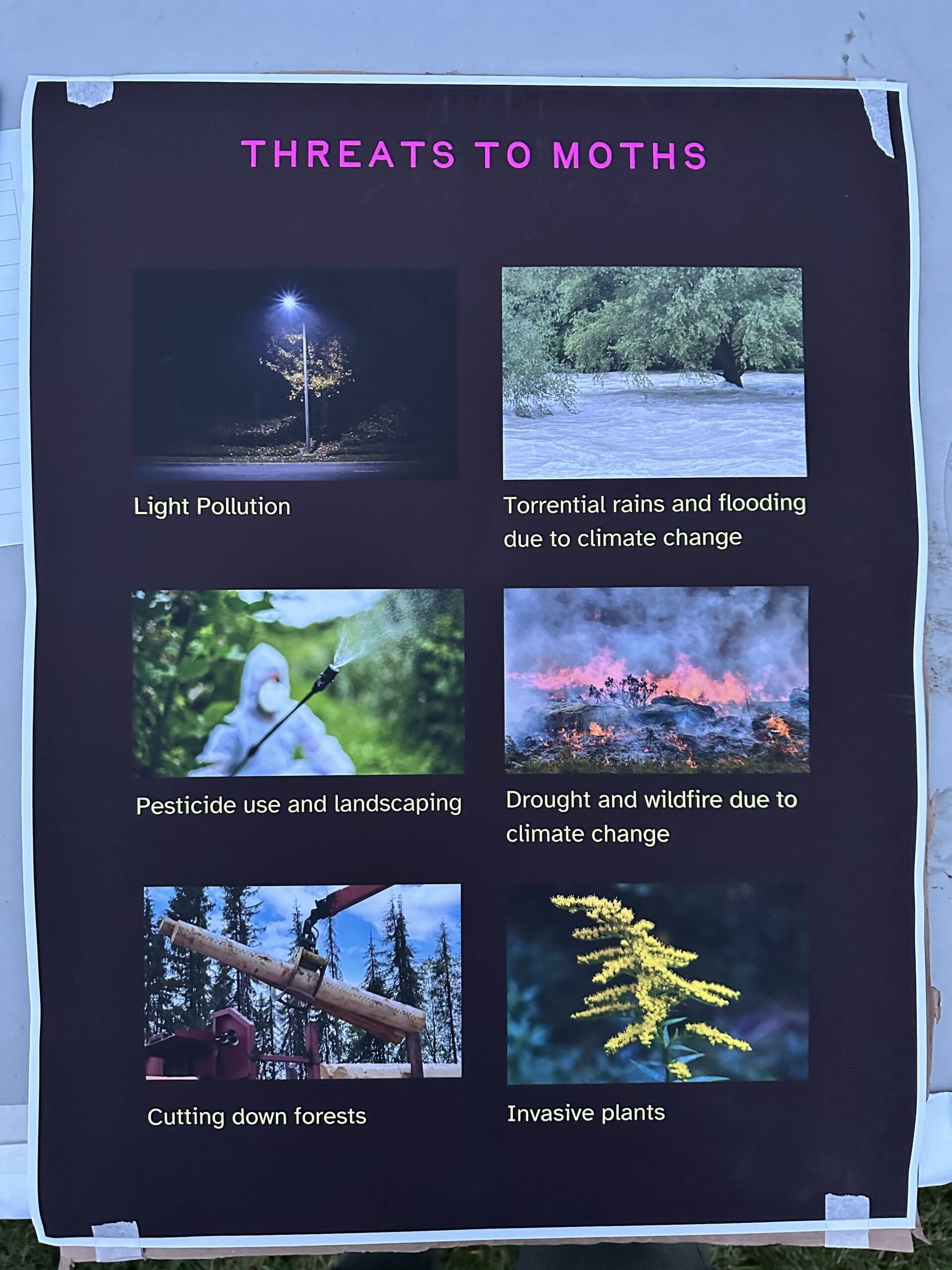
To improve your moth knowledge and identification skills in Massachusetts, check out the following resources:
- Mass Moths
- Bug Guide
- Mothing in Massachusetts
- Tom Murray’s Moths Page
- Insect ID (Massachusetts Moths)

/ 2024 Cambridge Moth Ball webpage
Suggested Books & Field Guides:
- Moths: A Complete Guide to Biology and Behavior by David Lees and Alberto Zilli.
- Discovering Moths: Nighttime Jewels in Your Own Backyard, Eastern North American Species by John Himmelman (Second Edition)
- Moths of Northeastern North America (Peterson Field Guide® by David Beadle and Seabrooke Leckie.
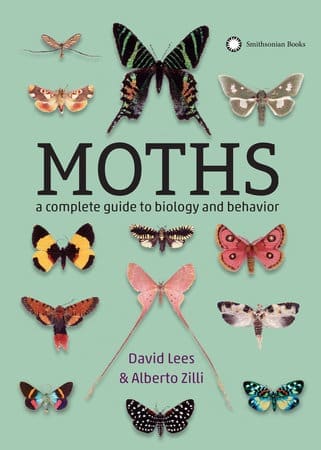
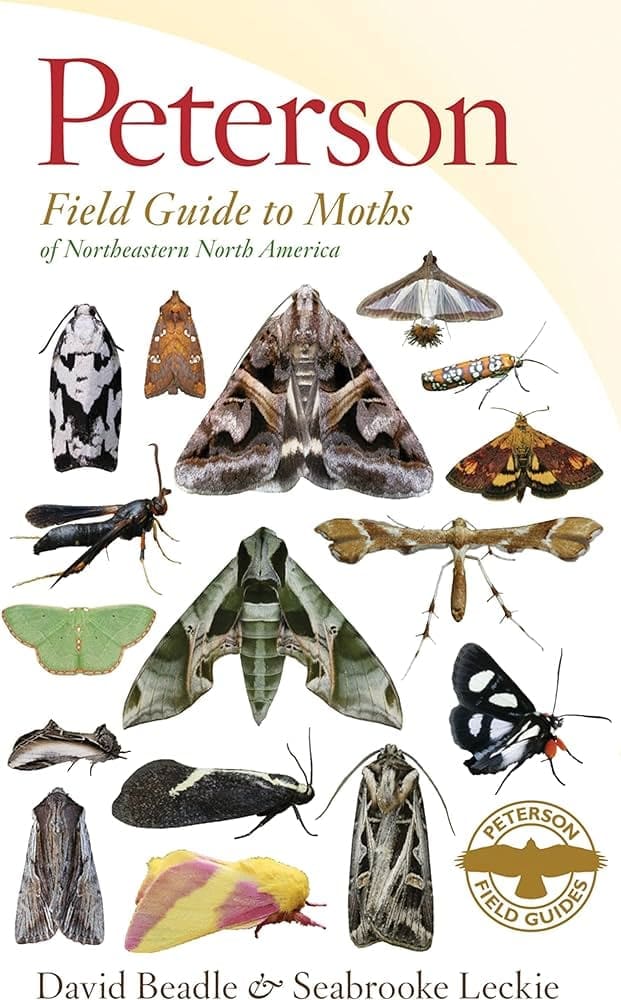
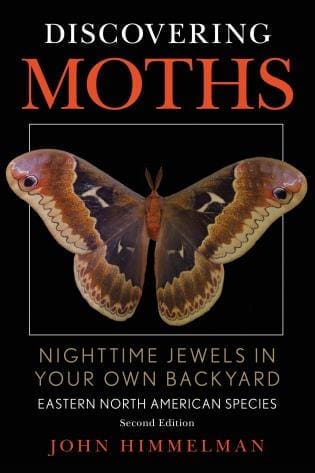
We appreciate the expertise of the other host organizations who joined the 2024 Cambridge Moth Ball:
- The Cambridge Water Department
- Biodiversity BuildersSM Youth Program
- The Boston Birding Festival
- Earthwise Aware
- Green Cambridge
- Mystic Charles Pollinator Pathways Group
- Native Plant Community Gardeners
We hope you’ll explore the incredible work these organizations share on their websites!
Not local to Cambridge? Check the National Moth Week website’s “Event Map” for local events and be sure to mark your calendar for Moth Week 2025, taking place from July 19-27.
Photo Credit: Alexandra Ionescu

